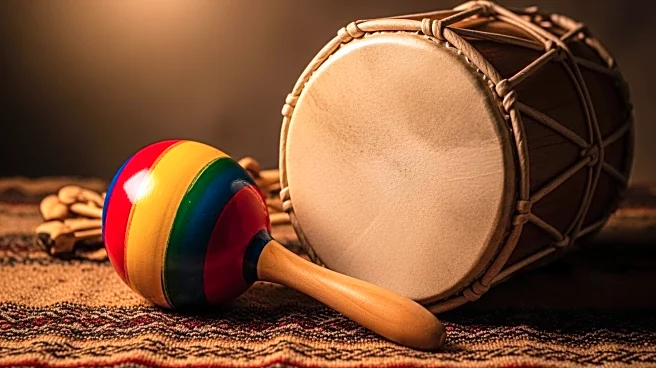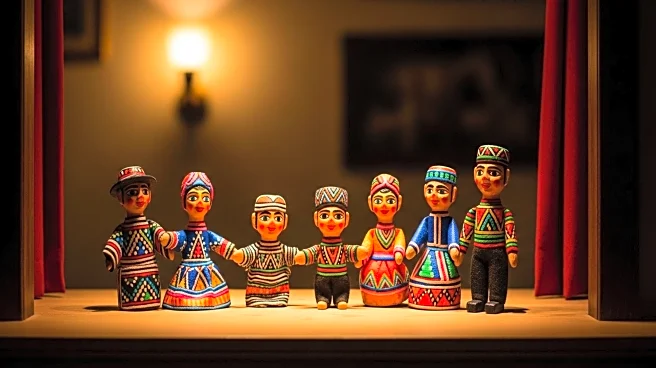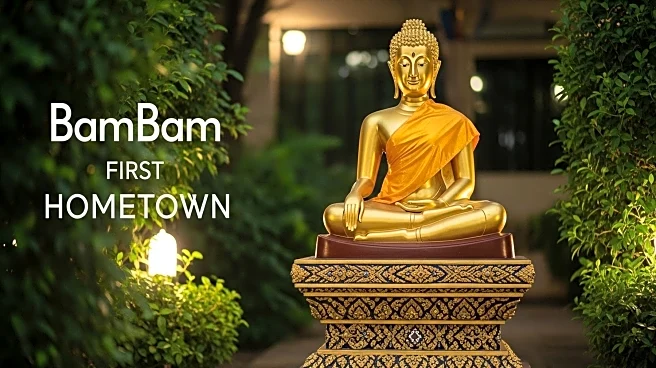What is the story about?
What's Happening?
Ecuador has seen a significant transformation in its music scene with the reinvention of cumbia, a genre traditionally associated with Colombian rhythms. This evolution began in the late 1960s when Polibio Mayorga, a musician from Ambato, Ecuador, introduced 'Cumbia Triste,' combining traditional Andean music known as San Juanito with Colombian cumbia. This fusion created a new musical identity for Ecuadorians, particularly for provincial migrants moving to urban areas. The genre gained national popularity through the efforts of musicians like Medardo Luzuriaga, who established the orchestra Don Medardo y sus Players, recording over 100 albums and leaving a lasting legacy. Today, cumbia continues to evolve, with groups like Tierra Canela blending Indigenous rhythms from Ecuador and Peru into danceable tecnocumbia, despite criticisms of focusing on appearance over musical talent.
Why It's Important?
The reinvention of cumbia in Ecuador highlights the dynamic nature of cultural exchange and adaptation. By blending Indigenous and Colombian influences, Ecuadorian musicians have created a genre that resonates with diverse audiences, fostering a sense of national identity and pride. This musical evolution not only preserves traditional sounds but also modernizes them, making them accessible to younger generations. The popularity of tecnocumbia, despite its commercial nature, underscores the genre's ability to adapt and thrive in contemporary settings. This transformation has implications for cultural preservation, economic opportunities in the music industry, and the promotion of Ecuadorian culture on a global stage.
What's Next?
As Ecuadorian cumbia continues to evolve, it is likely to see further innovations and adaptations. Musicians and bands may explore new fusions with other genres, potentially expanding their reach internationally. The success of groups like Tierra Canela suggests that there is a growing market for tecnocumbia, which could lead to increased investment in music production and promotion. Additionally, the genre's popularity may inspire other Latin American countries to explore similar musical fusions, contributing to a broader cultural exchange within the region.
Beyond the Headlines
The reinvention of cumbia in Ecuador raises questions about cultural authenticity and commercialization. While tecnocumbia has gained popularity, it faces criticism for prioritizing appearance over musical talent. This tension reflects broader debates about the role of traditional music in modern society and the balance between cultural preservation and commercial success. Furthermore, the genre's evolution highlights the ongoing influence of Colombian culture in Ecuador, illustrating the complex dynamics of cultural exchange in Latin America.
AI Generated Content
Do you find this article useful?
















